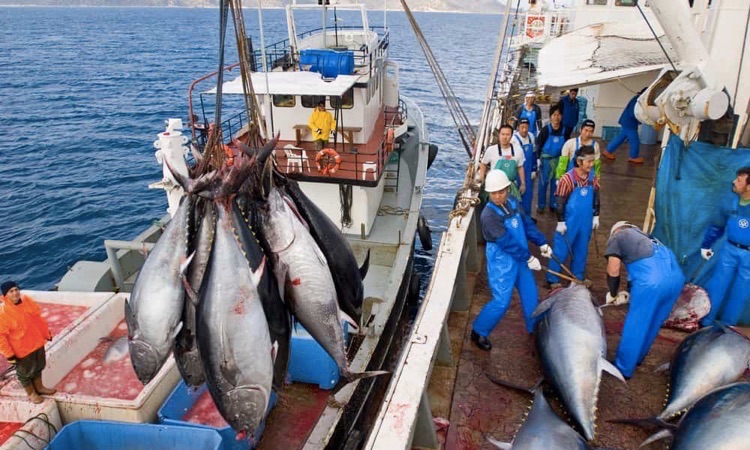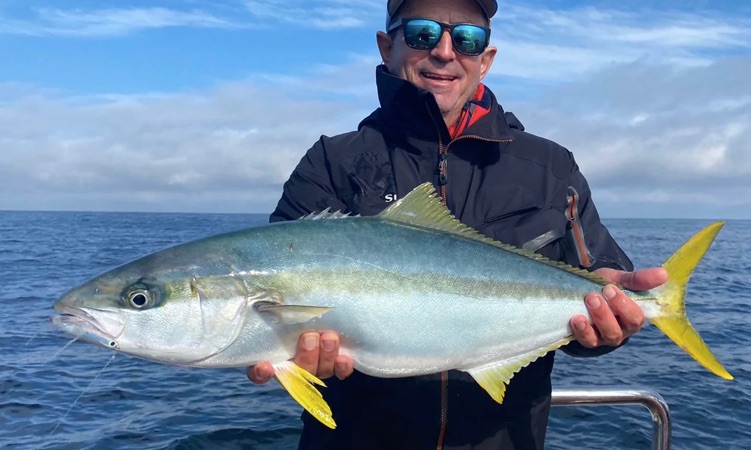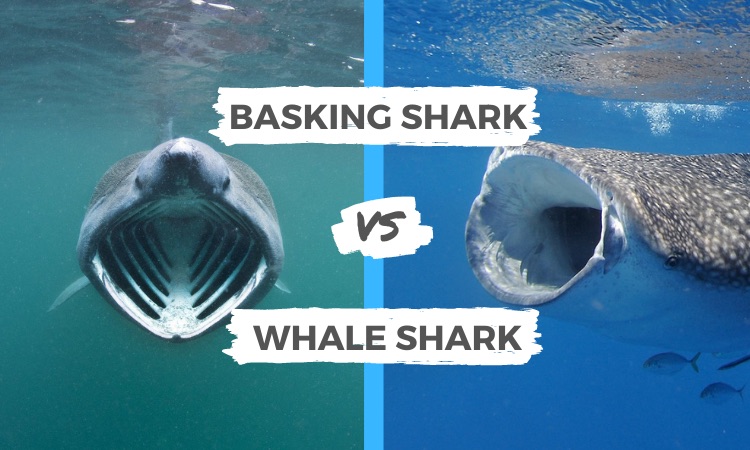There is a baby dolphin being born every minute the world over. Whether it’s a striped, spinner or bottlenose dolphin, their calves all have very similar characteristics.
In this article we explore all elements of baby dolphins including gestation, birthing, calving, and nursing the calves. You’ll also find some great baby dolphin pictures. Read on to learn more.
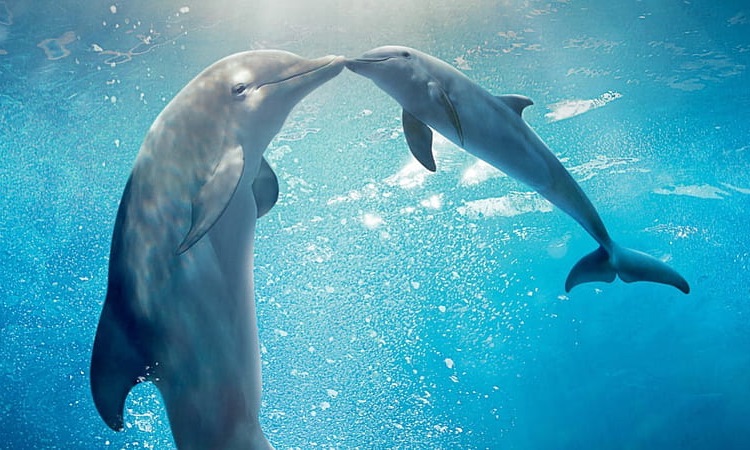
Gestation
The gestation period for a dolphin is about 12 months.
Birth
The time of year when calves are born varies depending on where in the world they live. In most cases, there is a birth peak during spring and early summer, followed by another smaller one in fall. Seasonal calving peaks differ based on location.
Seasonal Births Around the World
- The birth of dolphins in Sarasota, Florida happens from late spring to early summer, with a secondary occurrence in autumn.
- The calving season is prolonged and peaks during spring along the central U.S. Atlantic coast.
- The highest number of dolphin births in Florida’s Indian River Lagoon happens in April and August.
- Many dolphins are born in coastal Texas waters during March.
- The calving peak for bottlenose dolphins in the Pacific Ocean along the coast of Southern California is in the fall.
- In Argentina and South Africa, births peak in summer months which fall between November and March
Birth Frequency
On average, a female dolphin will have a calf every three years but can potentially bear one every two years. In Sarasota Bay, Florida, bottlenose dolphins generally have calves every three to six years.
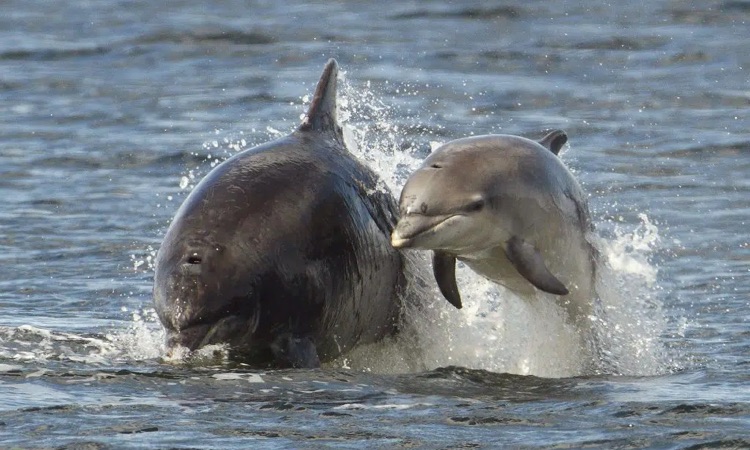
Baby Dolphin Calving
Most calves are born tail-first into the water, but there have been cases of head-first deliveries as well. The umbilical cord will snap during the delivery process.
An “auntie” dolphin is often a nearby mother’s only ally, despite the assisting dolphin being of either gender. New mothers may find themselves accompanied by an auntie more frequently than other dolphins and will generally accept them better.
Calf at Birth
Calves are between 111 and 115 cm long, and weigh around 10 to 20 kg.
A newborn calf’s dorsal fin and tail flukes are soft and flexible at first, but they gradually become firmer over time.
Several vertical, light lines appear on the sides of calves’ dark skin. These lines are a result of fetal folding and disappear within six months.
Caring for Young
A calf may nurse for anywhere between 18 to 24 months. The maximum nursing period on record was seven years, which was observed in Sarasota Bay, Florida. It is speculated that this could serve as a bonding activity.
Calves nurse close to the surface of the water, using nipples that are hidden in abdominal mammary slits. Observations in zoological parks show that nursing usually begins within 6 hours after birth. A calf may nurse as often as 4 times per hour for the first few days of its life.
Usually, a nursing calf will nurse for 5 to 10 seconds at most. In one day, they could do it 3 to 8 times per hour, both day and night. Milk is made up of 33% fat, 6.8% protein, 58% water and has traces of lactose too. The rich milk helps the baby quickly develop a thick layer of blubber for insulation against cold water temperatures.
A mother dolphin carefully watches over her calf, and stays close by to help guide it as it swims. The calf is carried in the hydrodynamic wake that forms behind the mother as she moves through the water.
This helps the baby swim and enables the mother and calf to stay up with the group. There is probably a considerable amount of learning involved in mothers teaching their young ones how to survive.
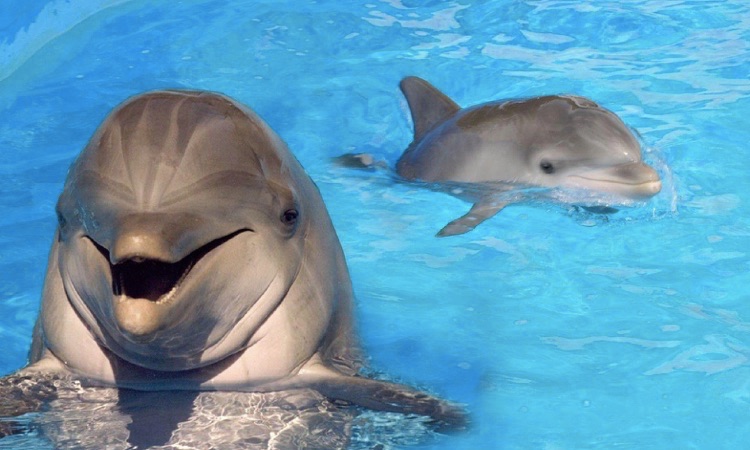
Calf Development
Marine zoological parks housing bottlenose dolphins provide researchers an up-close way to study and document dolphin reproductive biology as well as how long dolphins can hold their breath.
Calves in zoos begin eating fish when their teeth start growing in, at about 3 to 4 months old. By the time they’re 130 to 150 cm (51-59 inches) tall, they’re experts at it.
They figure out how to vocalize within days of being born but fine-tune other skills over time. And once a baby bonds with its mother, that connection lasts for usually 3 to 6 years.
The calves in zoological facilities have a shorter dependency period because they are not vulnerable to predation, do not have to learn foraging techniques, and are well fed.

